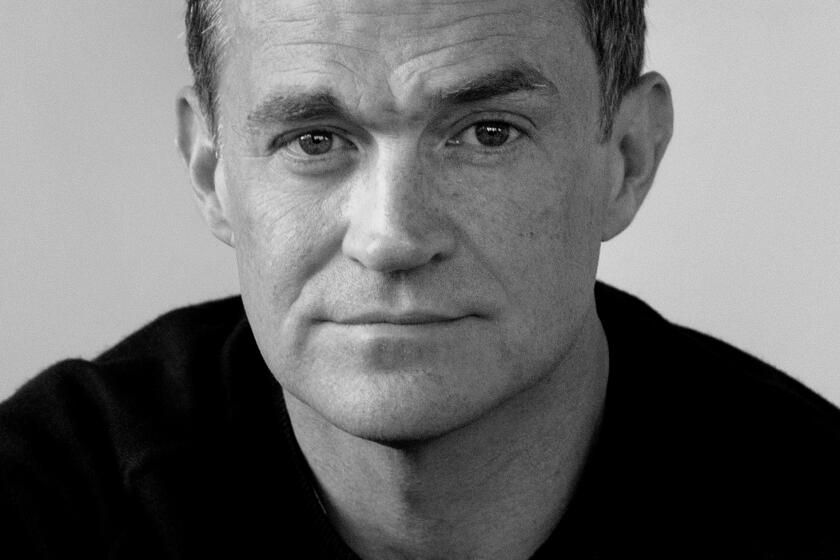Why are these summer books indebted to an Austrian author of nihilistic rants?
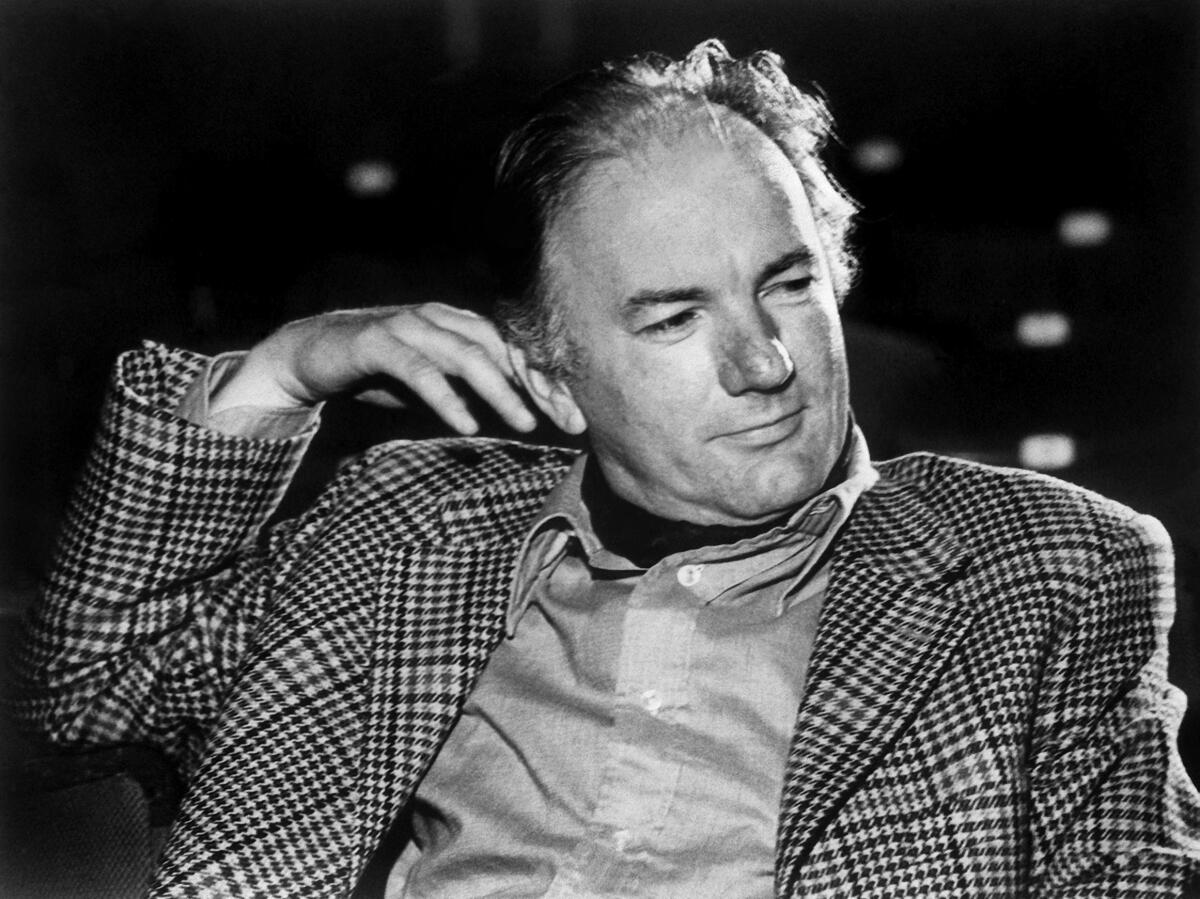
- Share via
On the Shelf
Hot Thomas Bernhard Summer
If you buy books linked on our site, The Times may earn a commission from Bookshop.org, whose fees support independent bookstores.
The name Thomas Bernhard appears in the jacket copy and pre-publication reviews of three novels out this summer, and it’s not a coincidence. “Within the Bernhardian universe,” one jacket opines; “narrated by the love child of Thomas Bernhard and Lydia Davis,” reads another. An early review of the third calls it a “straight-up approximation of the style associated with the Austrian writer Thomas Bernhard.”
It’s an odd selling point, only more so in our attention-deficit era. Bernhard was a monologist fueled by energetic misanthropy, disgust and vitriol. Sentences go on for pages. The narrators of his novels usually describe the plight of a close friend who, after laboring on an artistic endeavor for years, has recently ended it all. Bernhard, who was disgusted by his native country’s hypocrisy and its complicity in the Holocaust, died in 1989 at age 58; his will forbade stagings of his plays or publication of his work in Austria.
Despite his “difficulty” in text and in life, we find ourselves in the summer of Bernhard. Jordan Castro’s debut novel, “The Novelist,” published two weeks ago, not only mentions Bernhard on its jacket but also references one of his books in the text. Mark Haber’s second novel, “Saint Sebastian’s Abyss,” out last month, is the closest to a straightforward homage. Emily Hall’s debut, “The Longcut,” also published in May, follows an artist who wonders “what my work was” on a meandering walk to visit a gallerist.
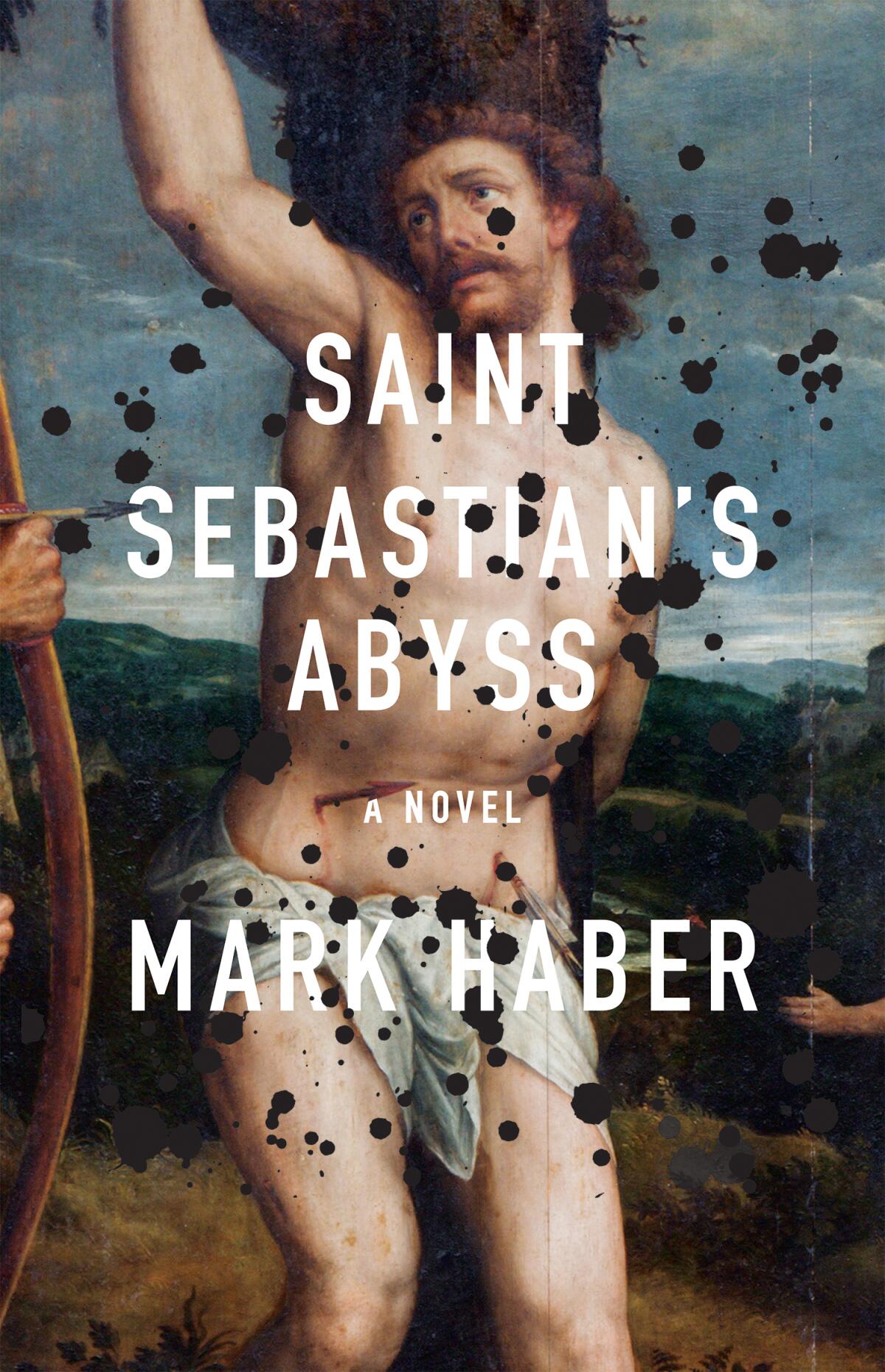
Each of the three books could be described as a Bernhardian rant, or in some cases a diatribe, centered on the creation and purpose of art. Marked by lengthy monologues, emphatic hatefulness and a disgust with modern life, they pay implicit tribute to a writer whose influence seems only to grow with the decades.
Bernhard himself would have hated an investigation into his effect on contemporary fiction. Thanks to several Twitter accounts that post Bernhard quotations daily, I am reminded that he wrote: “I hated literary theories more than anything in my life, but most of all I hated so-called theories about the novel.”
His closest modern-day adherents share some of that aversion to the bland and condescending formulas taught in many writing graduate programs. “I had come out of an MFA program, and it felt very much like ‘this is what you have to do,’” Hall told me from her home in Queens, New York.
The 65 essential bookstores of L.A. County: Their vibes, customers, books and testimonies from customers, writers and owners.
So Hall cast about for other ideas. “I was bored out of my mind,” she recalls. “I was in Three Lives bookstore in New York, and I picked Bernhard’s ‘Concrete’ off a table. ‘Right,’ I thought, ‘the guy with no paragraph breaks.’ But when I read it, I realized all the things I thought were my flaws — the digressing, the self-contradiction — in Bernhard that was the writing. I got very excited.”
The Bernhard vogue likely traces back to the early 2000s, when Viking reissued a number of his books, sparking interest among Anglophone readers — especially in his later novel “The Loser.” Though all 13 of his novels have now been released in English, there is still plenty of untranslated material among his countless plays, novellas, stories and memoirs. In October, Seagull Press will publish “The Rest Is Slander,” a collection of five previously untranslated stories.
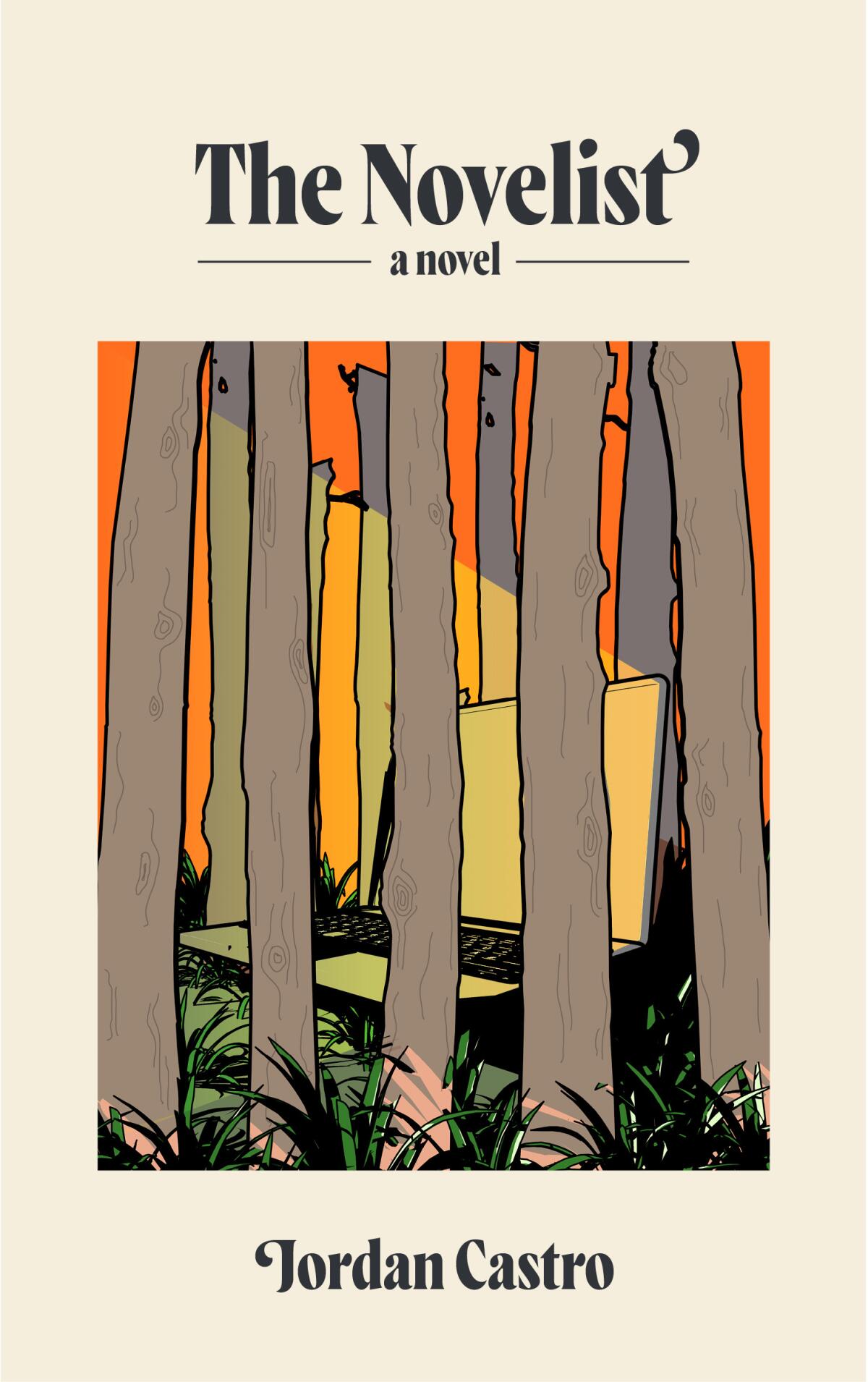
Years later, Hall is so inspired by his work that she has been trying to learn German. “I wonder what is lost in translation,” she said.
Her admiration has drawn her into a cohort of like-minded writers. Hall has spoken about the influence of Jen Craig, who is frequently compared to Bernhard. Reached by video in Australia, Craig said that following Bernhard means learning to break the rules.
“He gives you the plot on the first page,” Craig said. “Once that’s out of the way, you can write everything else, everything that can’t be described by plot.” Craig is the author of “Since the Accident” and “Panthers and the Museum of Fire.” “Since the Accident” is out of print, and “Panthers” was published by a small press, so Craig’s work is shamefully under the radar. I discovered “Panthers” at my local bookstore on the shelf of staff recommendations. The little note under the book read, “for fans of Thomas Bernhard.”
“At first, I was a bit self-conscious at there being a link between me and this obscure, possibly misogynist, excessive writer,” Craig said, of the frequent comparisons to Bernhard. “But now I don’t care. I’m glad. For me, Bernhard is all about realism. I don’t think many think of him as a realist, but coming out of graduate school, so much of the idea of writing was about theme and plot and content. That stuff is so bogus. The ranting ... that’s reality to me.”
Because Bernhard’s style is so uniquely his, I wondered whether being associated with him was anxiety-inducing to these writers.
“One of the things I’m interested in is dispelling the myth of spontaneous creation,” Castro said. “We learn through imitation, and we have this myth of the self-made artist. I’m always wearing my influences on the proverbial sleeve…. There’s a part in my book when the narrator says you learn guitar by playing other people’s songs.”
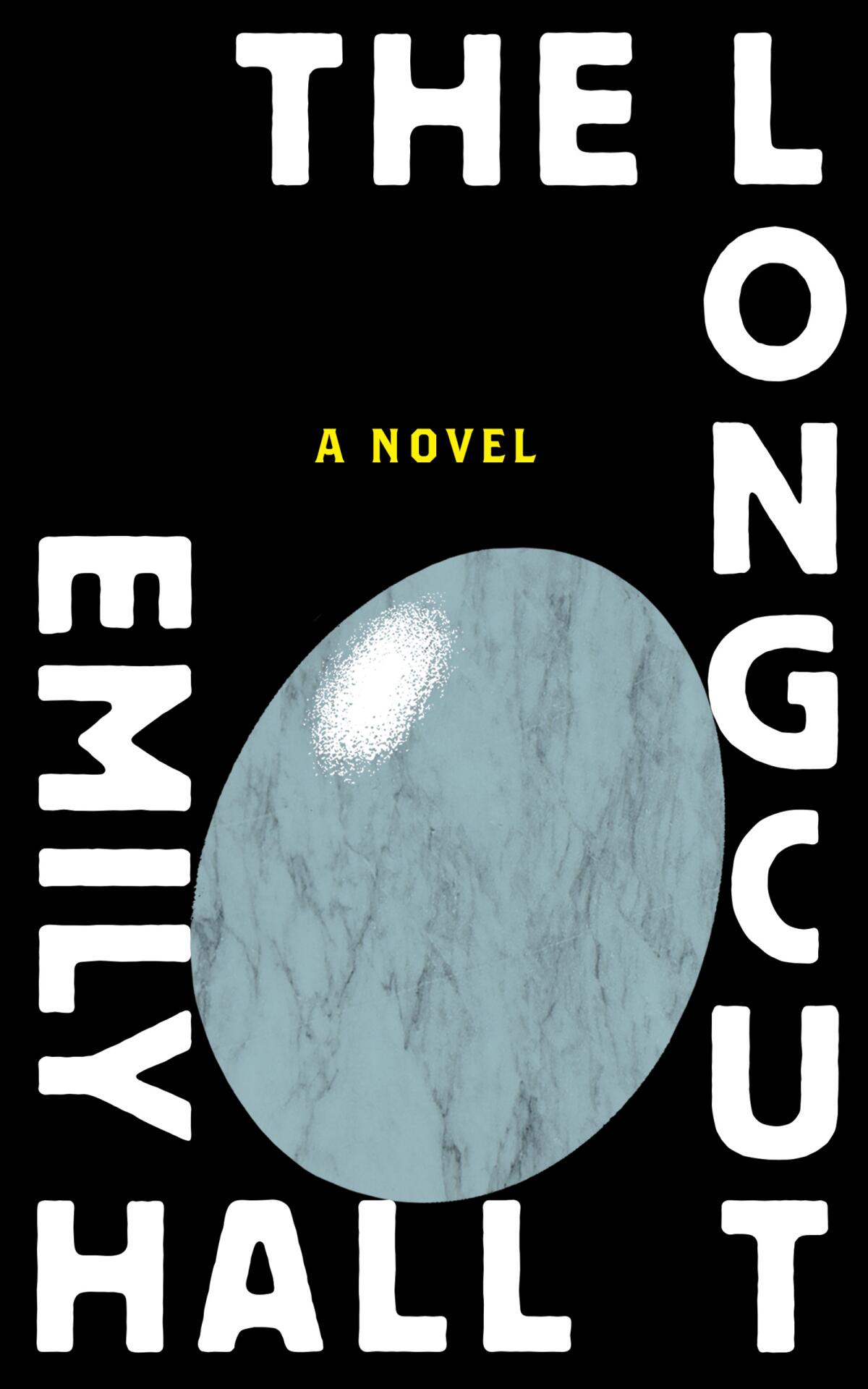
Castro’s book is about a novelist who sits down to write and does anything but. Finally, veering off into a rant about a frenemy propels him to write: “I suddenly felt an exhilarating burst of energy ... I could write a novel where I just talked s— about Eric; I could write my own version of [Bernhard’s] ‘Woodcutters.’”
Castro’s novel is the only one of this summer’s Bernhardian books that mentions the author explicitly, but all bear his stamp even as they vary widely in subject and tone. Haber’s “Saint Sebastian’s Abyss,” is narrated by a man on his way to visit friend and colleague Schmidt on his deathbed; the two have made their careers obsessing over a single work by a fictional Syphilitic painter, Count Hugo Beckenbauer.
“The style, the myopic sentences: I realized I could use those to tell the stories I wanted to tell,” said Haber, speaking from Houston’s Brazos Bookstore, where he is the operations manager. “His ghost is ever present, but I don’t think I’ll ever get to the quality of his sentences. I like to think that my books are sillier; I don’t think Bernhard would write a holy donkey.”
Keefe, the author of the acclaimed nonfiction books ‘Say Nothing’ and ‘Empire of Pain,’ talks about his new collection of gripping pieces, ‘Rogues.’
Many other writers have been compared to Bernhard or spoken about his influence on their work, including Mauro Javier Cárdenas, Claudia Piñeiro and the late Rafael Chirbes. But Bernhard’s influence, though wide-ranging, is still a bit of a secret. For fun, I entered Bernhard’s “The Loser” into the generator website, “What Should I Read Next?” The answer was more Bernhard.
Perhaps it’s a good thing we haven’t yet made too much of the Bernhard boom. The prospect of his style being too widely (and inevitably poorly) imitated is grotesque. “How far and how bad does this go?” Hall asked. “Does Bernhard’s style become an MFA staple?”
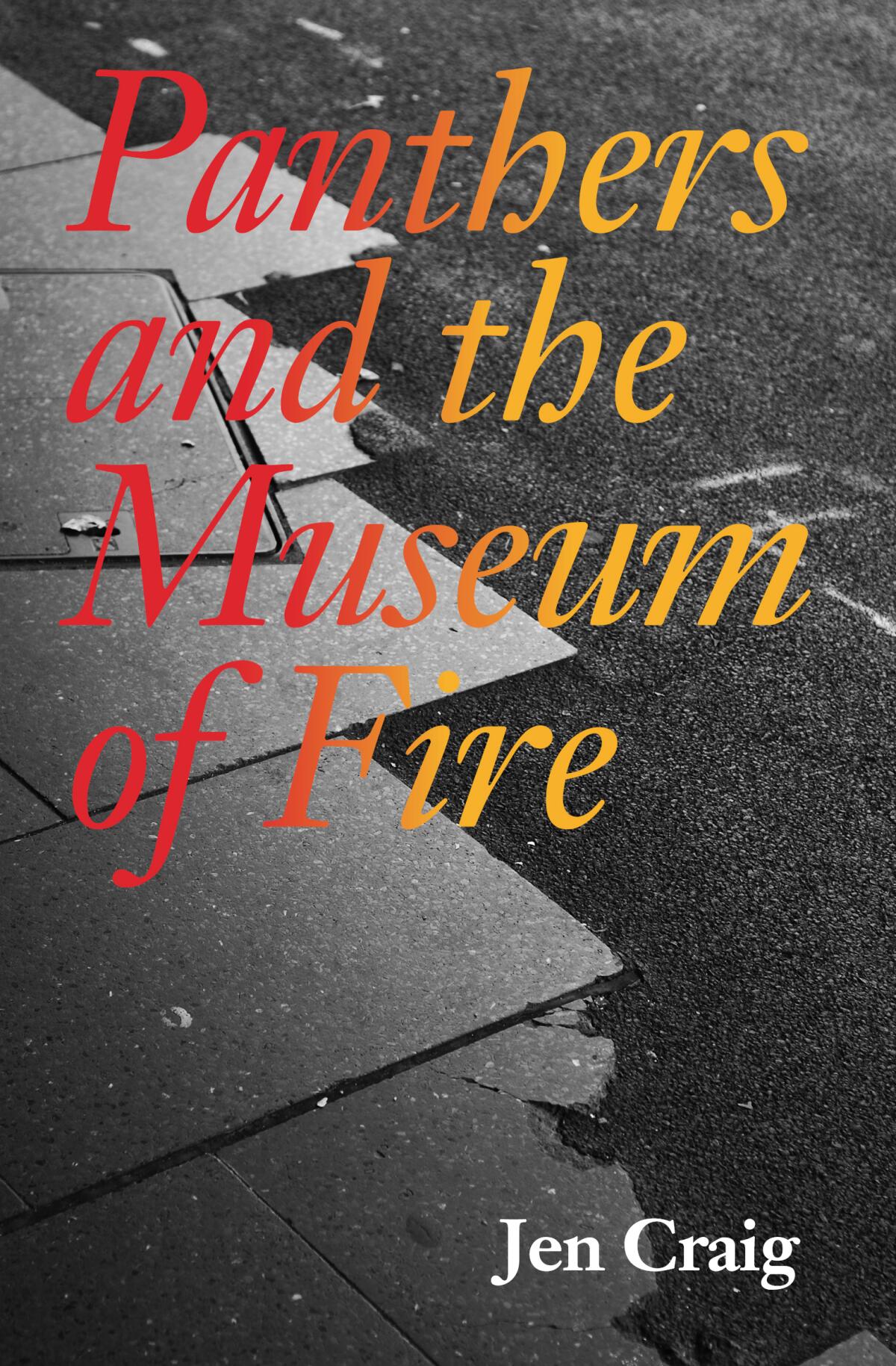
This summer’s writers have learned from Bernhard’s ruthless approach to plot and to what the novel can be without losing their own voices in the process; that’s a much better legacy than a flotilla of junky imitators. “Influences are a series of permissions,” Craig said.
“I felt relief when I realized Bernhard was always writing about the same thing,” Hall said. “There’s always this idea that you have to do something different with each book, reinvent the wheel.” Craig said something analogous: Popular novels now are more about something: a historical period or figure: “Today, as a novelist you have to become an expert rather than a writer.”
All four writers were thrilled to get a chance to talk not only about their work but also Bernhard’s; our conversations felt like the tail end of an Irish wake. Haber and I reveled in the abundant contradictions within even a single Bernhard sentence. His novel pays tribute to this in the letter Schmidt sends to his friend, reading all nine pages of “his relatively terse email.”
Castro and I laughed over the episode of Schopenhauer’s dog in “Concrete,” a passage so funny we had to interrupt our partners’ bedtime routines to read it to them. “There’s such a glee there,” Castro said. “It’s not being straightforwardly pessimistic.”
This appears to be the key to understanding Bernhard: Not his depressiveness but his joy. “He wrote, ‘Everything is ridiculous when one thinks of death,’” Hall said. “If you start there, everything is funny.” The warmth in annihilation isn’t lost on Haber, either. “To write, you have to have some sense of hope, otherwise why would you write? There are dark ideas in Bernhard, but his writing is energetic and life-affirming. It comes from a place of deep affection.”
Above all, this distinctive crop of summer reads is Bernhardian in its focus on the struggle to create art, which is for the artist an existential question. “I thought I would choke on the error of believing that literature was my hope,” Bernhard writes in “My Prizes: An Accounting.” That choking is prolific. But the heart of that statement is what makes his work, for all its nihilism, continually galvanizing in itself and in its acolytes.
The author, who died in 1992, has ten reissues coming out this year, and she’s exactly the happy, cozy writer we need in a time of strife and quarantine.
Ferri’s most recent book is “Silent Cities: New York.”
More to Read
Sign up for our Book Club newsletter
Get the latest news, events and more from the Los Angeles Times Book Club, and help us get L.A. reading and talking.
You may occasionally receive promotional content from the Los Angeles Times.

